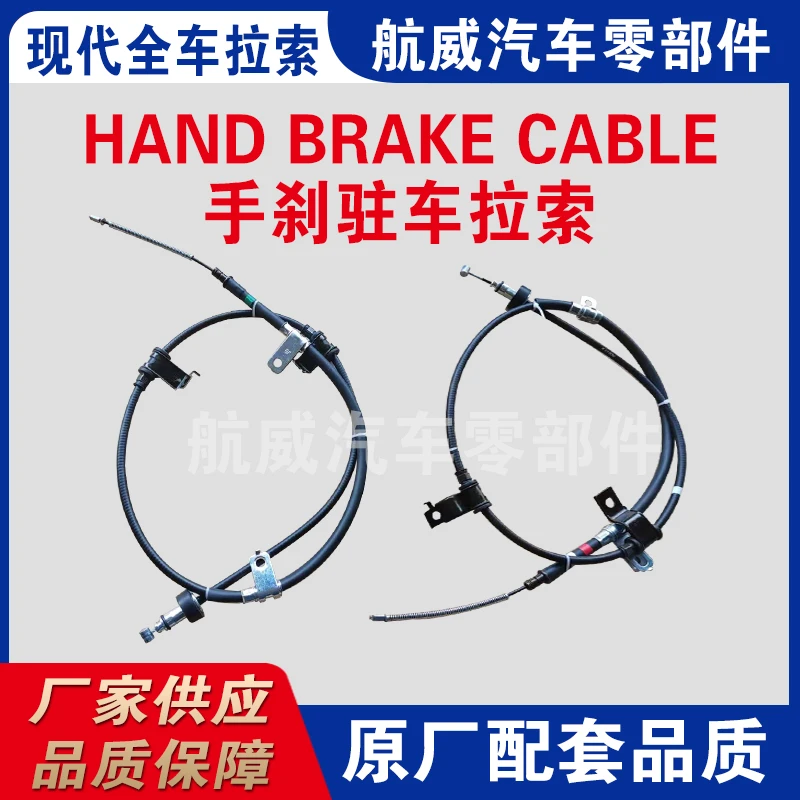Optimizing Performance with Automatic Transmission Shift Cable Adjustments
Understanding Automatic Shift Cables Function, Importance, and Maintenance
Automatic shift cables play a crucial role in the operation of modern vehicles. These cables are essential components of the transmission system, facilitating the communication between the gear shift lever inside the passenger compartment and the transmission itself. This article explores the function, importance, and maintenance of automatic shift cables, offering insights into their operation and the implications of failure.
Function of Automatic Shift Cables
The primary function of an automatic shift cable is to connect the gear shifter to the transmission. When a driver moves the shift lever to select a gear—be it park, reverse, neutral, or drive—the automatic shift cable transmits that movement to the transmission, allowing it to engage the correct gear. This transmission of motion is critical for the vehicle's operation, as it influences the speed and torque delivered to the wheels, directly affecting the car's performance.
Most automated transmission systems utilize a flexible cable that can withstand various physical stresses while maintaining proper functionality. The cable typically comprises an inner wire that transmits the movement and an outer casing that protects it from environmental damage. As the driver shifts gears, the cable stretches and compresses to reflect these changes accurately within the vehicle's complex transmission system.
Importance of Proper Functioning
The reliability of an automatic shift cable is paramount for smooth vehicle operation. If the cable is faulty or becomes damaged, drivers may experience difficulty shifting gears. Common symptoms of a failing cable include delayed engagement when shifting, the inability to shift into certain gears, or complete failure of the gear selector. In some cases, the cable can even snap, leading to potentially unsafe driving conditions.
Proper functioning of the shift cable is not only vital for the vehicle’s performance but also for safety. A malfunctioning cable can create situations where the driver is unable to shift gears appropriately, which can lead to accidents or mechanical failures. Therefore, regular inspection and maintenance of shift cables are essential components of overall vehicle care.
automatic shift cable

Maintenance and Care
Maintaining automatic shift cables requires regular inspection and awareness of the vehicle’s operational status. Drivers should pay attention to the shifting response. If they notice any signs of difficulty or inconsistency, it’s crucial to address these issues before they escalate. Typical maintenance practices include
1. Regular Inspections Periodic checks can identify wear and tear before they lead to significant issues. Examining the cable for fraying, corrosion, or physical damage ensures that any emerging problems can be tackled early.
2. Lubrication Proper lubrication of shift cables can reduce friction, which helps maintain their efficiency and prolong their lifespan. Consult the vehicle’s manual for recommended lubrication intervals and types.
3. Professional Service For those who are not comfortable performing maintenance themselves, it is advisable to have a certified mechanic inspect the cables during regular service intervals. They can provide insights and solutions for any identified issues.
4. Prompt Repairs If any signs of malfunction are detected—such as irregular shifting or unusual noises—prompt repair or replacement of the cable is necessary to ensure safe and efficient vehicle operation.
Conclusion
Automatic shift cables, though often overlooked, are integral to the functioning of a vehicle's transmission system. Understanding their role helps raise awareness of their importance and the need for proper maintenance. By adhering to routine inspections and maintenance practices, drivers can ensure that their vehicles operate smoothly and safely, reducing the risk of failures that could compromise their driving experience. Regular attention to automatic shift cables not only enhances vehicle performance but also contributes to overall road safety, making them a vital component of automotive care.
-
Workings of Clutch Pipe and Hose SystemsNewsJun.04,2025
-
The Inner Workings of Hand Brake Cable SystemsNewsJun.04,2025
-
The Secrets of Throttle and Accelerator CablesNewsJun.04,2025
-
The Hidden Lifeline of Your Transmission Gear Shift CablesNewsJun.04,2025
-
Demystifying Gear Cables and Shift LinkagesNewsJun.04,2025
-
Decoding Clutch Line Systems A Comprehensive GuideNewsJun.04,2025
